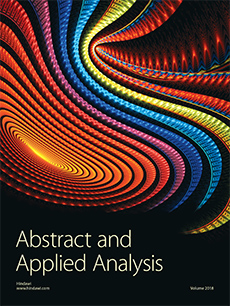Abstract
To investigate the variability of HFMD in each county of Wenzhou, a spatial-temporal ARMA model is presented, and a general Bayesian framework is given for parameter estimation. The proposed model has two advantages: (i) allowing time series to be correlated, thus it can describe the series both spatially and temporally; (ii) implementing forecast easily. Based on the HFMD data in Wenzhou, we find that HFMD had positive spatial autocorrelation and the incidence seasonal peak was between May and July. In the county-level analysis, we find that after first-order difference the spatial-temporal ARMA model provides an adequate fit to the data.
Citation
Jie Li. Yanjun Fu. Ancha Xu. Zumu Zhou. Weiming Wang. "A Spatial-Temporal ARMA Model of the Incidence of Hand, Foot, and Mouth Disease in Wenzhou, China." Abstr. Appl. Anal. 2014 1 - 9, 2014. https://doi.org/10.1155/2014/238724





